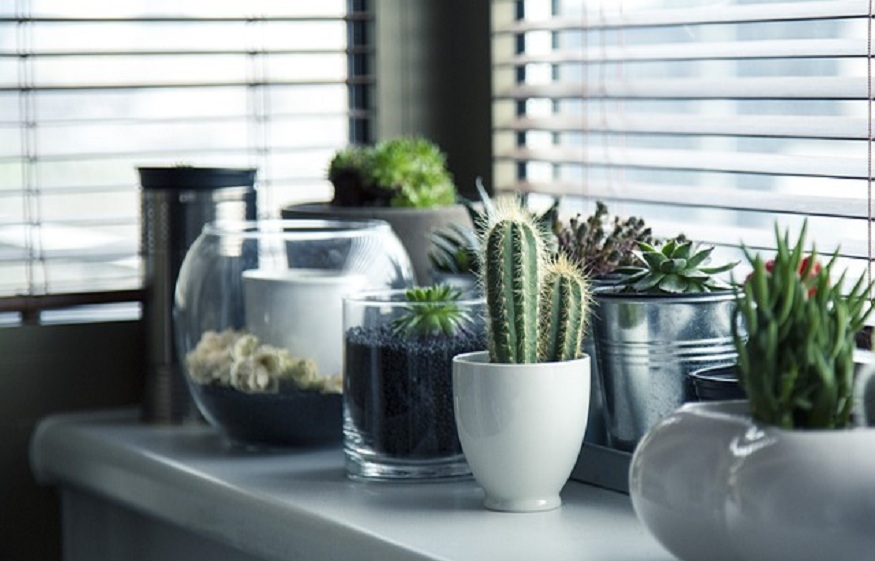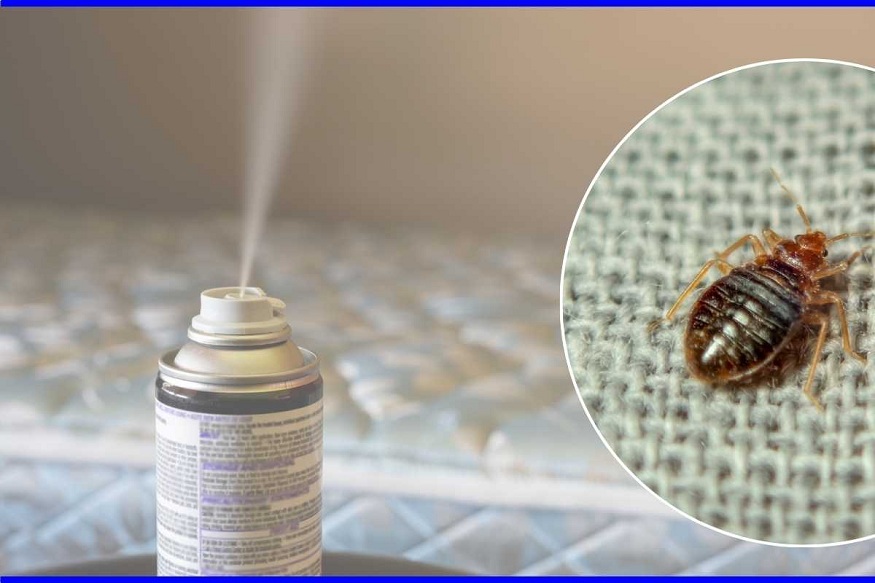5 Ways to Get Free Plants for Your Garden
Are you an avid gardener or a huge plant enthusiast? If the answer is yes, you know very well that gardening is quite an expensive hobby. Especially if you store-buy your plants. Fortunately, getting your plant collection bigger and bigger is relatively easy without emptying your pocket. There are several ways to propagate plants from your own garden or the one of a friend or relative. Keep reading, and you will find all the best ways to enlarge your garden with the easiest propagating plants for free.
Which plants are great for propagating?
Propagating plants is one of the easiest and, for sure, cost-effective ways to expand your collection. Some plants are more accessible to propagate than others, and some methods are more successful than others. One of those easy methods is by cutting their stem. Of course, you can propagate plants from cuttings, depending on their type. Other methods of propagation include tip cuttings, root cuttings and leaf cuttings.
Tips cuttings are where the tips of leaves or stems are cut off and placed in soil or water. Root cuttings are where a portion of the plant’s roots are cut off and placed in soil, and leaf cuttings are where a portion of a plant’s leaves are cut off and placed in soil or water.
Some examples are:
- Propagation through stem cuttings – Begonias, Dracaena, Poinsettia, Grape ivy
- Propagation through tip cuttings – Citrus, Chinese evergreen, Weeping fig, Ficus elastica, Geranium
- Propagation through root cuttings – Begonias, Creeping fig, Tradescantia, Coleus, Swedish ivy
- Propagation through leaf cuttings – Cactus, Begonia rex, Sansevieria, Kalanchoe Tomentosa
Have you had success regrowing leftovers?
Another fantastic and easy way to get free plants is to regrow vegetables from your leftovers. It is an excellent way to save money on groceries and enjoy fresh home-grown vegetables.
Of course, if you are like most people, you do not think twice while making your salad and throw out everything at the end. However, those leftovers can be your next fun gardening project.
Green onions, Romaine lettuce, and carrots are just a few of the many plants that can be regrown from scraps. With time and effort, you can turn your kitchen waste into a non-stop supply of fresh and healthy products.
- Green onions – Simply place the green onion bottom, the white part with the roots attached, in a glass or jar with an inch of water. After that, make sure to place the jar in a sunny spot. After a few days or a week, you will start seeing the first growth signs. Once it is fully grown, you can cut the leaves and continue enjoying them for the coming weeks.
- Romaine lettuce – If you want to grow lettuce at home, buy it with the bottom intact. Start by cutting off the lettuce head. Place the head in a water bowl and leave it in an area with a lot of sun. The water should go up to the middle of the trimming. Remember to change it every day, but do not use a cold one. Lukewarm water will do miracles for you. In just a few days, you will see new growth emerge. Now you can plant it in soil or leave it for a few more weeks when you can cut the leaves and eat them.
- Carrots – Carrots are another great vegetable you can grow in the comfort of your home for free. You just need to cut the top inch of the carrot or cut it in half while ensuring at least one leaf is still attached to it. Place the top of the top half in a water bowl and choose a bright spot to leave for the following weeks. In just a week or two, you will have fully grown leaves that you can use in salads, and after a few more, you will have a fully regrown carrot.
Are there any plants you rely on to produce their own offspring?
Nature loves caring for itself, so many plants produce their offspring or propagate themselves. For us, this is an easy and efficient way to get new plants without the need to do anything but wait for them to produce new growth. Some of these common plants that can propagate themselves are:
- Aloe Vera. Aloe vera produces offsets, or “pups,” which look like tiny replicas of the parent plant. You can easily remove them from the main plant and pot them up independently. After 6-8 weeks, you will have fully grown aloe vera plants growing their pups.
- Philodendron plants produce aerial roots. These come down from the stem and touch the ground. Once they contact the soil, they plant themselves and grow into new philodendron plants. Philodendron is a plant that grows and spreads fast, so pay a little attention before it invades your home.
- Pothos plants are very easy to propagate from cuttings. You simply need to take a cutting from an existing one and ensure there are at least 2-3 leaves on it. The cutting needs to be 6 inches below the leaf node. After that, put it in water or pot it in moist soil. If you place it in water, change it every 2-3 weeks. Place the plant near the window to be a near bright light. You will see the roots grow in a month or two, and after one or two more, you will have a new fully grown photos plant.
Which plants don’t mind being divided/split?
Most perennials benefit from division every once in a while. This helps to improve the plants’ health, gives them more room to grow, and increases the number of plants you have. Some examples of plants that don’t mind being divided are Anemone, Bergenia, Delphinium, Eryngium, Agapanthus, Convallaria, Geranium, Hemerocallis, Primula, Salvia, and Gentiana.
Tomatoes: Tomato plants can be divided at the base to produce more plants, and doing so can help increase yields. Simply dig up the plant and gently separate the root ball into sections, being careful not to damage the roots.
Garlic: Garlic bulbs can be split into individual cloves, which can then be planted separately to produce multiple garlic plants. This is a common way to propagate garlic and can help improve the quality of garlic bulbs.
Rhubarb: Rhubarb plants can be divided every few years to help maintain the plant’s health and promote new growth. To divide it, dig up the entire plant and separate the root ball into sections, ensuring each section has a healthy bud.
Horseradish: Horseradish can be propagated by dividing the root. This can help control the spread of the plant and ensure that it remains healthy. You simply need to dig up the root and divide it into sections. Continue by replanting the sections in well-drained soil.
Asparagus: Asparagus plants are another example of such that can be divided to produce more plants and improve yields. To split an asparagus plant, dig up the plant and carefully separate the root ball into sections. Make sure that each section has several healthy roots and a bud.
Of course, it is essential to note that not all vegetables can be divided or split without harm. Such actions may even kill some. Before attempting to do so, research the specific type of plant you want to propagate and its requirements. In some cases, it is even recommended as part of the regular gardening maintenance of the plant so you preserve its health.
Save your own seeds
Saving seeds from your own garden is a simple and cost-effective way to obtain new plants. Learning how to grow flowers from seeds can lead to a flourishing cutting garden, providing an abundance of stunning blooms for your home. Additionally, the satisfaction of nurturing plants from seeds can be gratifying.
Starting plants from your own seeds ensures they begin their growth cycle healthy and robust. For those of you seeking ideas for a small vegetable garden, tomatoes, peppers, beans, and peas are all excellent candidates for seed saving.
Don’t forget that choosing self-seeding plants is another wonderful way to fill your garden with a free supply. Once grown or sown, they will come back year after year. Try plants like honey wort (Cerinthe major) and Verbena bonariensis, which proliferate wherever their seed falls.
Conclusion
There are several ways to obtain free plants, including propagating plants, regrowing leftovers, taking advantage of plants that produce offspring, and dividing plants. You can try all these tips to expand your plant collection without breaking the bank. Remember that gardening is supposed to be fun. However, do not forget that you need to check the characteristics of each plant you want to include in your collection, including how you can do so.



